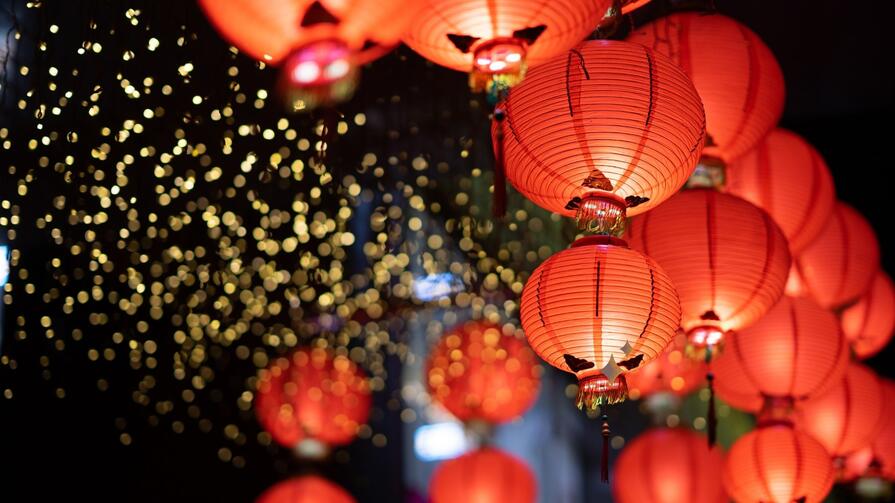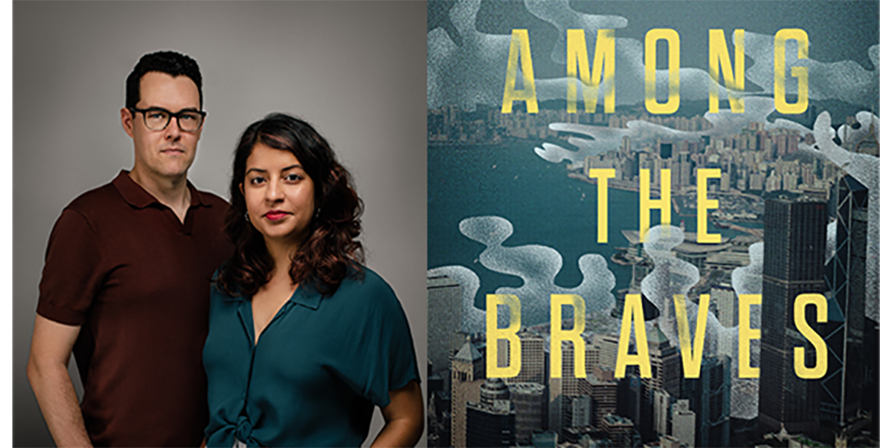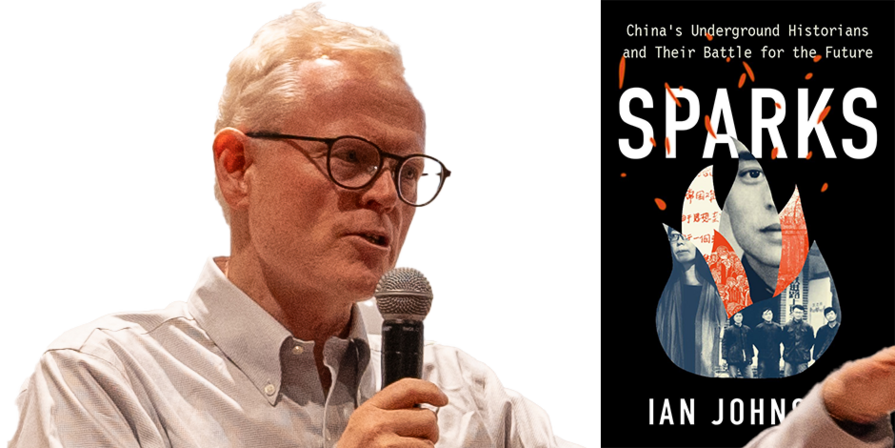English | 中文
China in the 1990s was a paradox. In the wake of the 1989 crackdown in Tiananmen Square, political repression intensified. At the same time, however, following Deng Xiaoping's "Southern Tour" in 1992, the country's economy took off, triggering dramatic social, economic, and even political changes. It was a decade marked by the emergence of China's first stock markets, the massive migration of millions of people from the countryside to the booming industrial centers on the coast, the rise of Shanghai as a new financial center, and the development of a vibrant youth culture. It was also a period of political transition and tension, with the death of Deng Xiaoping, the Hong Kong handover, a thaw in Sino-American relations, and the emergence of the Falungong.
For the American press corps, it was a particularly challenging time. The ongoing crackdown in the wake of the Tiananmen Square protests made it difficult to meet people, travel, or get beyond the stifling bureaucratic obstacles. Reporters and their sources faced continuing surveillance and harassment. However, as the economy took off, the climate for journalists began to improve, and by the late 90s, the China beat entered what one American correspondent described as its "golden age."
The film features interviews with journalists who covered China during those years, including such well-known correspondents as Nicholas Kristof and Elisabeth Rosenthal of the New York Times, James McGregor, Joseph Kahn, Ian Johnson, Kathy Chen, and Marcus Brauchli of the Wall St. Journal, Lena Sun, John Pomfret, and Keith Richburg of the Washington Post, Jaime FlorCruz of Time, Rebecca MacKinnon of CNN,, Melinda Liu of Newsweek, and many others, It also includes interviews with American diplomats who handled Chinese affairs, and contains fascinating footage of China from that time.
This video is also available on the USCI YouTube Channel.
*****
Interviewees featured in this segment:
James Baker
Marcus Brauchli
Andrew Browne
Kathy Chen
Mike Chinoy
Dorinda Elliot
Wen-Chun Fan
Jaime FlorCruz
Adi Ignatius
Ian Johnson
Joseph Kahn
Nicholas Kristof
Kenneth Lieberthal
Melinda Liu
Jim McGregor
John Pomfret
Keith Richburg
Chito Romana
Elisabeth Rosenthal
Stapleton Roy
Orville Schell
Craig Smith
Lena Sun
Barbara Walters
Sheryl WuDunn
Assignment: China is a signature project of the USC U.S.-China Institute. Most Americans continue to learn about China primarily through the media and we feel that it is vital to understand the process by which news about China is gathered and shared. Mike Chinoy, USCI senior fellow, reports the series which is filmed and edited by Craig Stubing. Clayton Dube conceived of the project and oversees it. Many students and volunteers assist with research, transcription, and translation.
Assignment: China is possible only because of the willingness of journalists and others to share their stories, documents, and images with us and through the generous financial support of individual and institutional donors. We are grateful to all those who have helped. Please click here to contact us or here if you would like to contribute.




